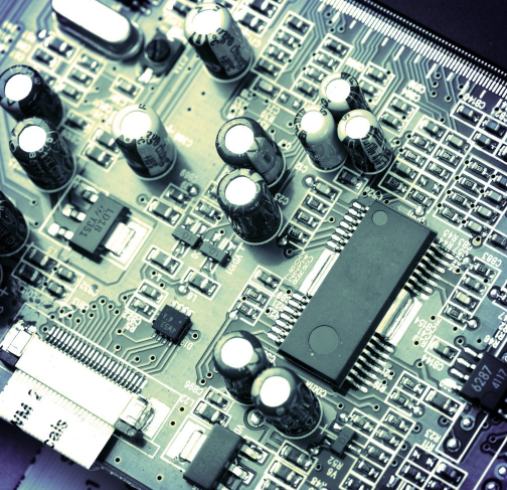
Safety distance related to PCB specification system
The following is the introduction of PCB specification system for safety distance and related safety requirements:
Safety distance includes insulation penetration distance, electrical clearance (space distance) and creepage distance (surface distance)
Creepage distance: the shortest distance between two adjacent conductors or one conductor measured along the insulation surface and the surface of adjacent motor housing.
2. Electrical clearance: the shortest distance measured along the air between two adjacent conductors or one conductor and the adjacent motor housing surface.
Measurement of electrical clearance:
The distance can be determined according to the measured working voltage and insulation level
See Table 1 and Table 2 for the electrical clearance size requirements of the primary side circuit
See Table 3 for the gap size requirements of secondary circuit
But usually: AC part at primary side: 2.5mm in front of fuse, L.N
PE (grounding) – 2.5mm, no fuse is required, but a certain distance shall be kept as far as possible to avoid damage due to short circuit to the power supply.
AC/DC part of primary side – 2.0mm
DC grounding at primary side - 2.5mm
Circuit board

(Primary side floating to ground)
Primary side part to secondary side part – 4.0mm, part connected between primary side and secondary side
The electrical clearance of the secondary side is – 0.5mm
The secondary side grounding - 1.0mm is enough
Note: Before deciding whether to meet the requirements, the internal parts shall apply a force of 10N, and the shell shall apply a force of 30N to reduce the distance, so that the space distance still meets the requirements in the worst case.
Determination of creepage distance:
According to the working voltage and insulation level
But generally: (1) AC part at primary side: 2.5mm in front of fuse, L.N
Grounding – 2.5mm, there is no requirement behind the fuse, but try to keep a certain distance to avoid short circuit damage to the power supply.
(2) , AC and DC part of primary side – 2.0mm
(3) , primary side DC grounding – 4.0mm, such as primary side grounding
(4) From the primary side to the secondary side – 6.4 mm. For example, the foot spacing of optocoupler, Y capacitor and other components – 6.4 mm should be slotted.
(5) - 0.5mm between secondary side components is enough
(6) , secondary side to ground – 2.0mm or more
(7) Between transformer stages – 8.0mm
3. There are several points to pay attention to PCB wiring process:
Printed circuit board components (such as capacitors) must be installed horizontally without dispensing.
For example, the distance between two wires can be shortened by applying a force of 10N. When the distance is less than the safety distance, glue can be used to fix the part to ensure its electrical clearance.
When laying PVC film in some enclosure equipment, pay attention to ensure a safe distance (pay attention to processing technology)
Be careful not to make any foreign matters, such as glue lines, on the PCB.
The insulation shall not be damaged when machining parts.
4. Insulation penetration distance:
According to the working voltage and insulation application, the following provisions shall be met:
--The working voltage shall not exceed 50V (71V AC peak value or DC value), and there is no thickness requirement;
--The minimum thickness of additional insulation shall be 0.4 mm;
--When the reinforced insulation cannot bear any mechanical stress, which may lead to deformation or degradation of insulation materials at room temperature, the minimum thickness of reinforced insulation shall be 0.4mm.
The above requirements do not apply to thin layers of insulating material, regardless of thickness, if the insulating material provided is used in the protective enclosure of the equipment and will not be bumped or scratched during operator maintenance, and if any of the following conditions are met
-For auxiliary insulation, at least two layers of data shall be used, and each layer of data can pass the electrical strength test of auxiliary insulation; Or:
--The additional insulation consists of three layers of data, and any combination of the two layers of data can pass the electric strength test of the additional insulation; Or:
--For reinforced insulation, at least two layers of data shall be used, and each layer of PCB data can pass the power strength test of reinforced insulation; Or:
--Reinforced insulation consisting of three layers of insulating materials, in which any two layers of composite PCB data can pass the electric strength test of reinforced insulation
The above is the explanation given by the editor of pcb circuit board company.
If you want to know more about PCBA, you can go to our company's home page to learn about it.
In addition, our company also sells various circuit boards,
High frequency circuit board and SMT chip are waiting for your presence again.







